Friday will be Billy Stark’s last working day in professional football.
It will also be the 20th anniversary of his sacking as St Johnstone manager.
Perth fans will be hoping the 67-year-old, who announced his retirement earlier this month, doesn’t lose his tag of the last Saints boss to be relegated anytime soon.
There’s no getting away from the fact that in this part of the country the former Celtic and Aberdeen player, a classy central midfielder in his playing days, will be forever linked with a team and a short era that is one of the least revered in the club’s history.
Take a team down or, depending on your perspective, be taken down by a team, and that’s what happens.
In Stark’s case, according to Saints owner, Geoff Brown, and Jim Weir, the club captain at the time, he was a victim of circumstances as much as he was the author of his – and St Johnstone’s – downfall.
Perhaps more than any other head coach in Brown’s four decades at Muirton and McDiarmid.
Being second choice to take over from Sandy Clark, who was sacked eight games into the 2001/02 season with Saints rooted to the bottom of the SPL on just three points, wasn’t an ideal start.
As Brown recalled, the process of hiring a new manager – sifting through applications and, if necessary, head-hunting – wasn’t the priority in his life that it would ordinarily be.
Tommy Burns priced out
“I was in the hospital at Murrayfield and out of the game for about three months,” he said.
“Ian Dewar (vice-chairman and in charge of the running of the club while Brown recuperated) was leading it and they were looking to get Tommy Burns.
“When Tommy Burns told him what he wanted, I got a phone call from Ian, who was a senior partner with Price Waterhouse.
“I said: ‘You can forget about that!’
“He asked: ‘So where do we go now?’
“I said it might be a good idea to talk to Billy Stark (Burns’ assistant manager at Kilmarnock and Celtic).
“I wasn’t involved in those discussions or agreeing his salary – I’d certainly not have agreed to the amount of money he was offered.
“We were bottom of the league and weren’t going to escape but we put him on a Premier League salary for his three years.”
The squad inherited by Billy Stark at St Johnstone…
Weir had been part of several formidable St Johnstone playing squads – in terms of football ability and, more importantly, character. But this wasn’t one of them.
The star player from the previous season, Momo Sylla, had moved to Celtic in the summer.
The few remaining club greats from the League Cup final and Uefa Cup seasons, like Nick Dasovic and Paul Kane, were past their peaks and they were supplemented by an unhealthy mix of journeymen pros, fading biggish-name players picking up one last decent wage and youngsters who were either not good enough or too raw for the job description.
“I can’t remember the chat in the dressing about who would replace Sandy,” said Weir.
“But I was happy with appointment because I knew Billy – we were team-mates at Hamilton Accies.
“Billy and Tommy Burns tried to sign me when they were at Kilmarnock but Hamilton were asking for too much money at the time so they signed Andy Millen instead.
“That’s why I ended up at Hearts.
“It wasn’t a great group of boys Billy had to work with at McDiarmid.
“Benito Kemble, Willie Falconer, Darren Jackson – people like that didn’t do well for us.
“That team was going to get relegated whoever the manager was.
“I certainly wouldn’t put the blame at his door for not being able to turn that season around. Definitely not.”
Brown also believes that preserving Saints’ top-flight status was virtually mission impossible for Stark.
“Billy inherited a bad lot in terms of footballers,” he said.
“He was dealt a tough set of cards with the players he had. Everything was against him.”
Falkirk the nemesis
Most Saints supporters of that period would agree that there were plenty of others more prominent than Stark in the relegation blame game.
Their judgment – and the way in which his tenure is reflected upon a couple of decades later – was shaped by the two seasons in the second tier that followed.
Saints finished third in both, double figures behind the respective champions, and would have been in the play-offs had there been such a thing back then.
But you wouldn’t have backed them to navigate those high-pressure contests successfully.
As Weir admitted, winning big games was Saints’ Achilles heel.
“In the first year down we came up against a Falkirk team who we couldn’t beat,” he said.
“That was the biggest reason we didn’t bounce straight back up.
“Then the next year, it was Inverness. And Clyde were strong in both those seasons under Kerny (Alan Kernaghan).
“We lost too many head to heads.”
Two games probably sum up two seasons.
The first of those league campaigns was into late September, Saints were unbeaten, they had played seven, won four and drawn three.
A trip to Falkirk presented the opportunity to go top but a draw would have been perfectly acceptable.
Kevin James headed home an 87th-minute winner and the Bairns would go on to beat Saints three times that season by one goal, drawing the other encounter.
Stark’s team had an eight-game winter winning run, taking in three months.
And they ended up on a 67-point total Raith Rovers are still shy of with two games to go, for present-day context.
But of the nine matches they lost, six of those were to Falkirk and Clyde.
Saints boss ‘calm and thoughtful’
In an ideal world Brown would have been in a position to give greater support to Stark in the early months, while Weir wished he could have been on the pitch more regularly over the three seasons.
“I think Billy was really unlucky,” said the Saints hall of fame defender.
“From my point of view, I kept breaking down so wasn’t able to play for him anywhere near as much as I’d have liked or be in the dressing room.
“That didn’t help and I’d have loved to have done more for him.
“Punters want to see a manager get animated on the touchline.
“Billy wasn’t that type of player and he wasn’t that type of guy.
“He was a calm and thoughtful manager. Billy changed Paul Hartley from a decent winger to an attacking central midfielder who played for Scotland and won trophies with Celtic.
“He was hard-working and put the hours in.
“I couldn’t say anything bad about Billy Stark – not one thing.
“He’s a gentleman and he’s a very good coach. He was certainly one of the best in my career.
“Billy could make a training session interesting with just two or three people.
“When I was coming back from one of my injuries we went down the North Inch with just me, him and maybe one other.
“Trust me, there aren’t many first-team managers who would do that.
“I felt guilty because he lost his job just before my testimonial game. He had helped get Newcastle to come up for the match through his connection with Tommy Craig.
“Sometimes you feel a manager deserves to get sacked but Billy wasn’t one of them.”
Culture change needed at Perth club
To get the club moving in the right direction again, after Saints flirted with dropping down another division under John Connolly, they needed a young figurehead who would inject vitality into the first team and excitement into the stands.
Owen Coyle reinvigorated St Johnstone then Derek McInnes continued the transformation.
Their vocal and energetic pitch-side demeanour was a marked contrast to the crossed arms and chin-stroking of a manager who would end his football days employed by the SFA and capped Murray Davidson as caretaker Scotland boss.
Would that style of leadership have kept Saints up in 2002? Almost certainly not. Would that style of manager have quickened the bounce-back process? More than likely.
“Hindsight is a wonderful thing,” said Brown. “Just look at the boy Bair!
“Nothing went right for him last year and this year he’s going for top goal-scorer in the league.
“Billy was a steady Eddie manager. But you can only be a steady Eddie if you’ve got players who are prepared to play for you and Billy didn’t have that.
“He’s a very nice guy, a gentleman and probably was a decent manager.
“But he didn’t get a real chance with the St Johnstone of that time.”
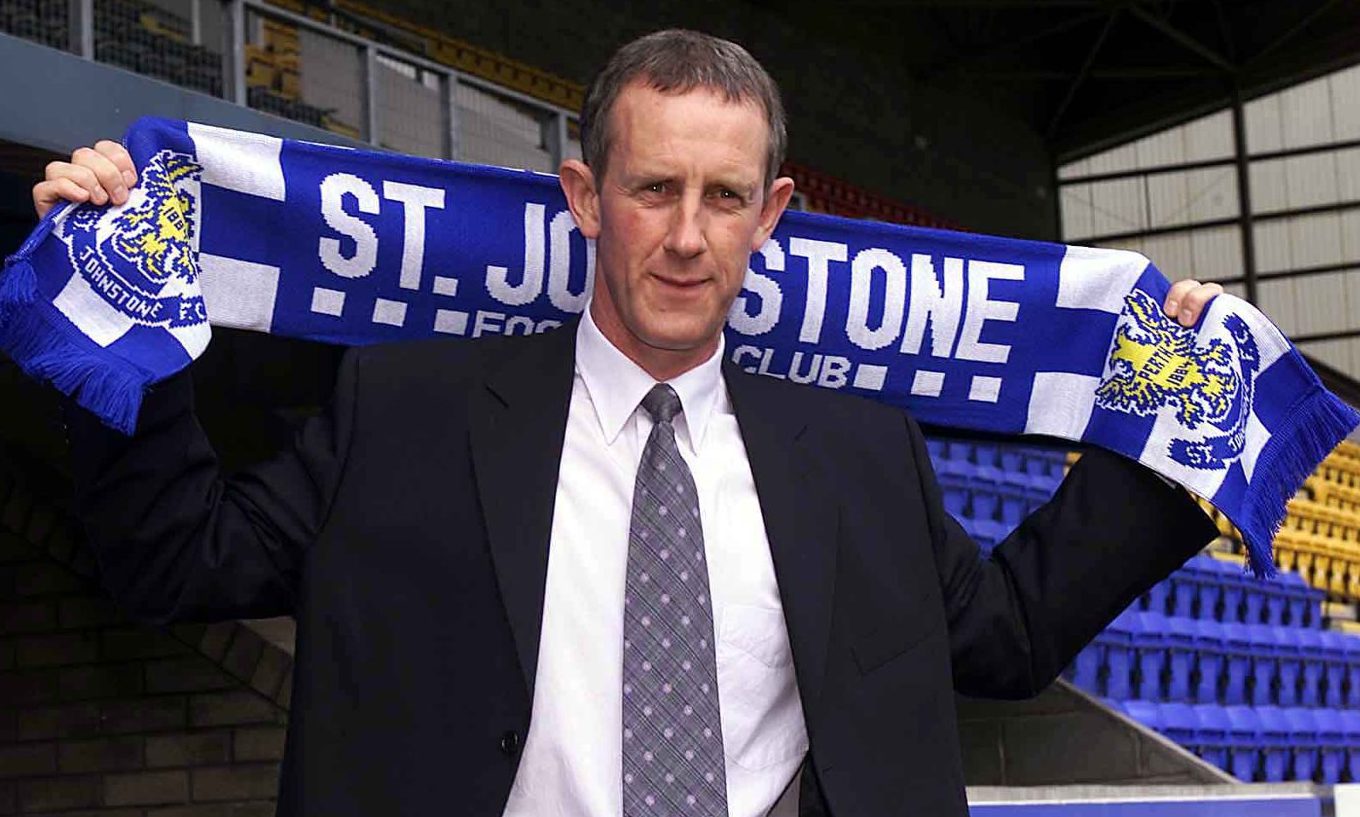
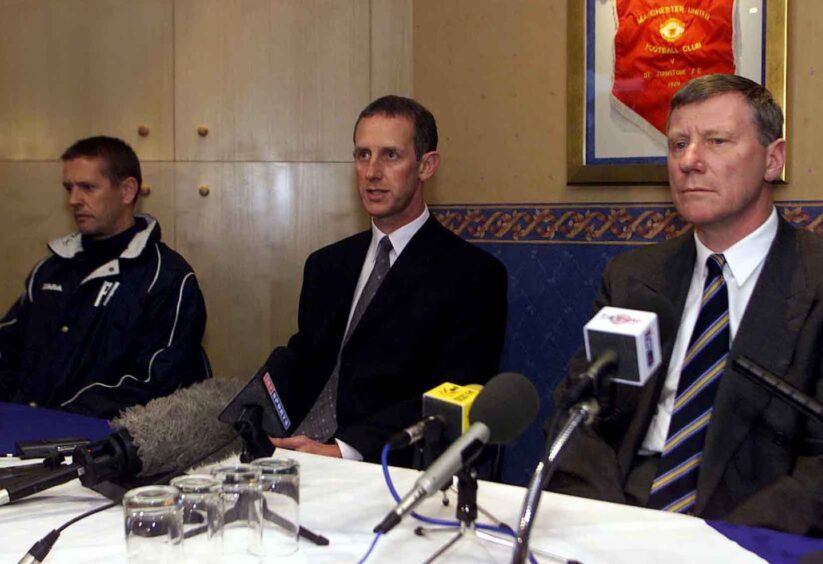
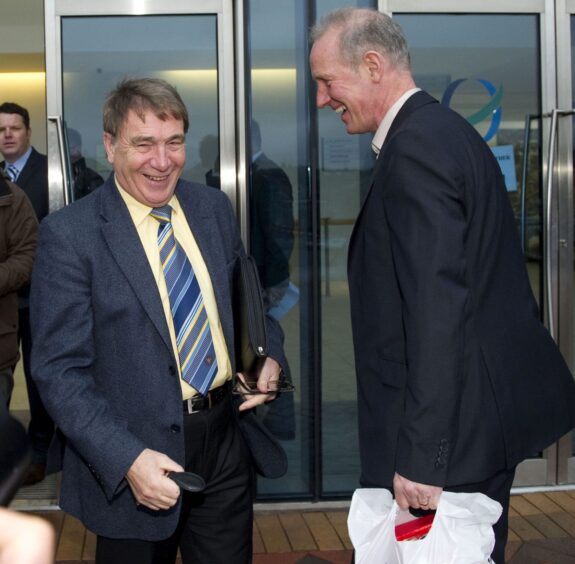
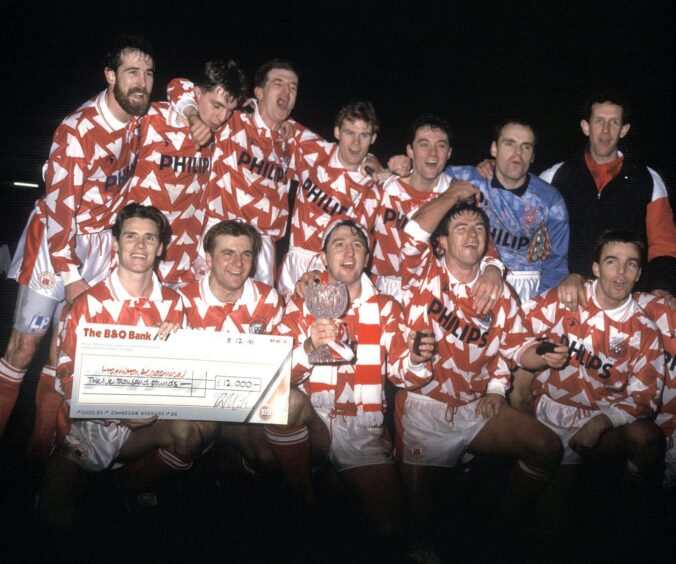
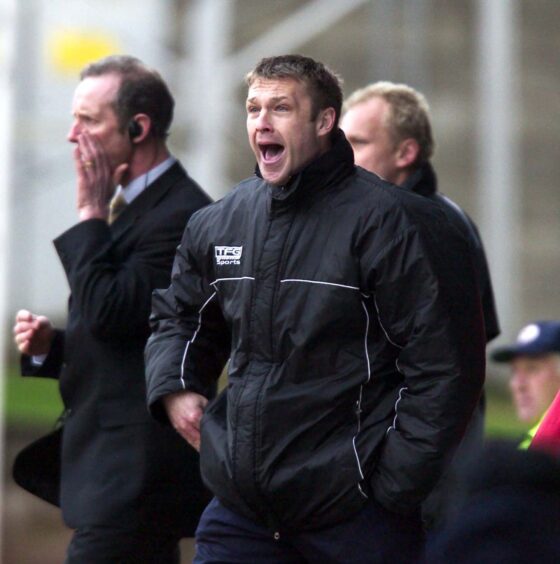
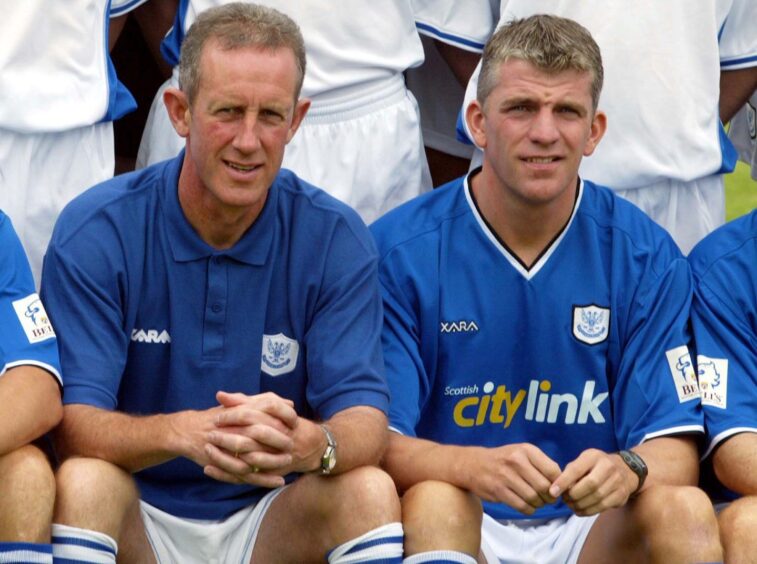
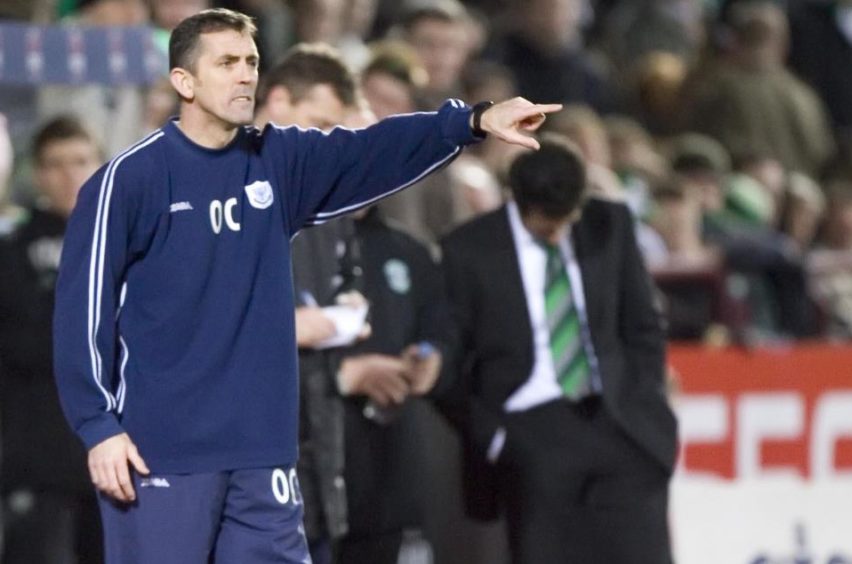
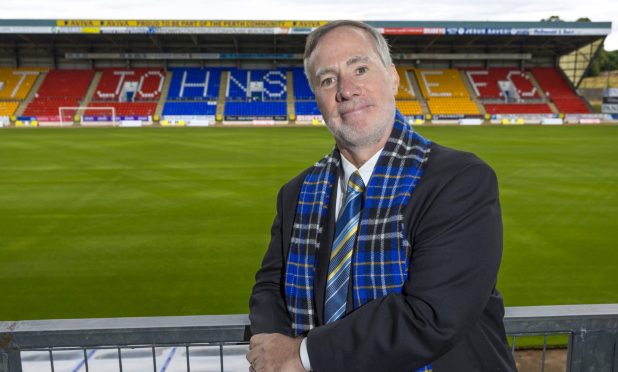
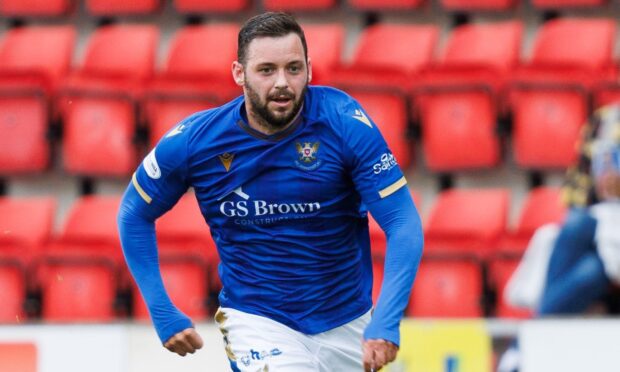
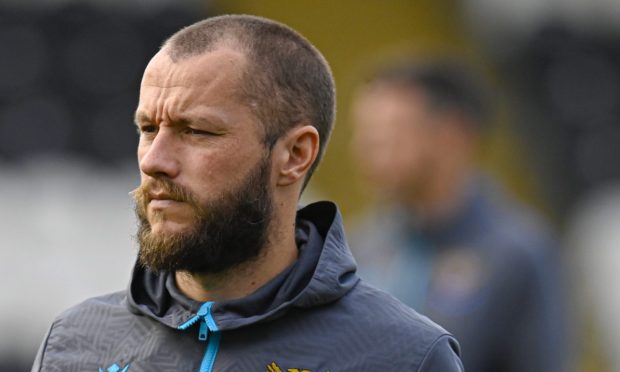
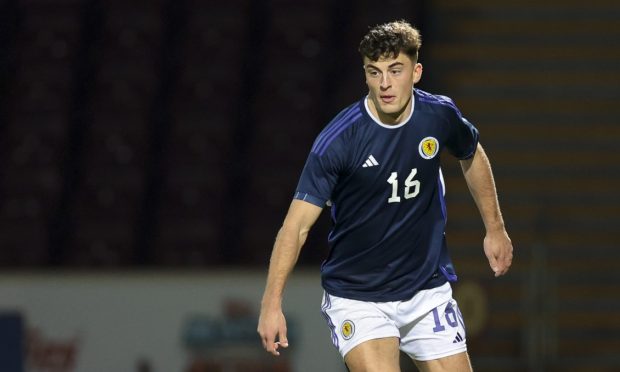
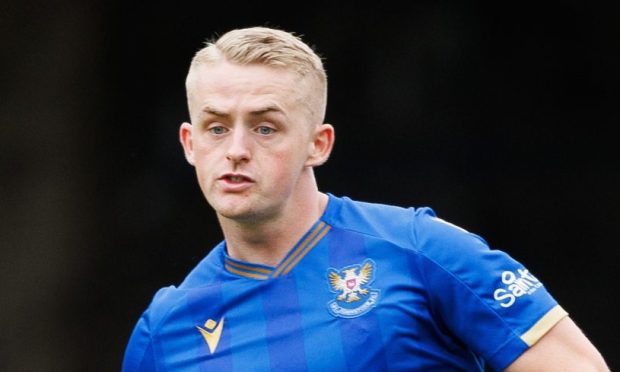
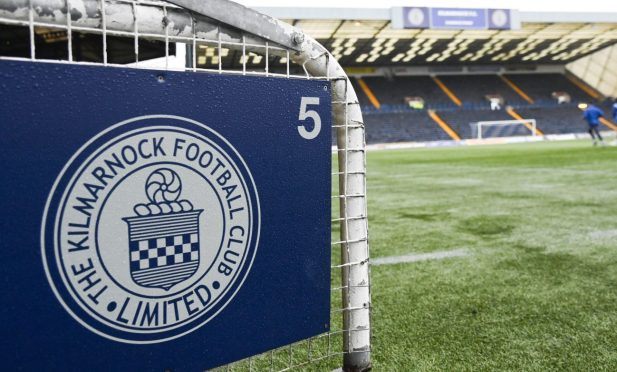
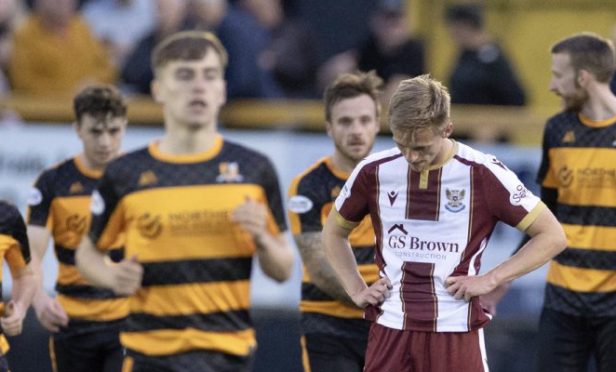
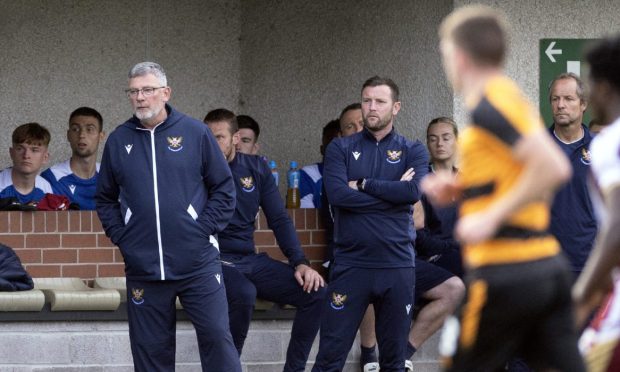

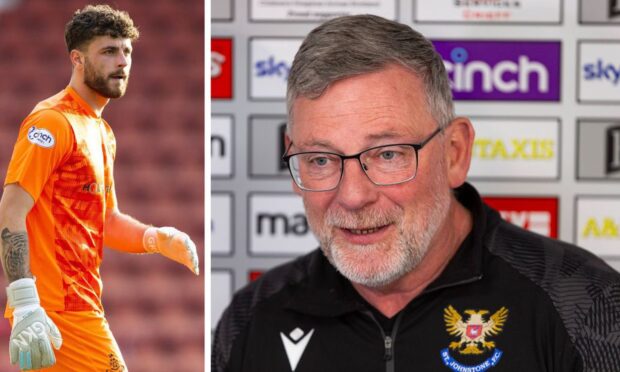
Conversation